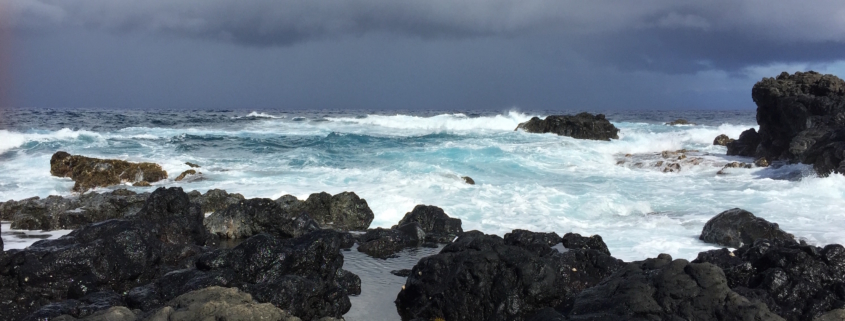Emergency Hotlines & Resources
If you or someone you know experiences a mental health emergency, call 911 or go to your nearest emergency room. Or call these helplines.
Dial 988 to talk to the Suicide & Crisis Lifeline.
When people call, text, or chat 988, they will be connected to trained counselors that are part of the existing Lifeline network. These trained counselors will listen, understand how their problems are affecting them, provide support, and connect them to resources if necessary.
The Disaster Distress Helpline
1-800-985-5990, is a 24/7, 365-day-a-year, national hotline dedicated to providing immediate crisis counseling for people who are experiencing emotional distress related to any natural or human-caused disaster. This toll-free, multilingual, and confidential crisis support service is available to all residents in the United States and its territories. Stress, anxiety, and other depression-like symptoms are common reactions after a disaster.
Call 1-800-985-5990 or text TalkWithUs to 66746 to connect with a trained crisis counselor.
SAMHSA’s National Helpline, 1-800-662-HELP (4357), (also known as the Treatment Referral Routing Service) or TTY: 1-800-487-4889 is a confidential, free, 24-hour-a-day, 365-day-a-year, information service, in English and Spanish, for individuals and family members facing mental and/or substance use disorders.
This service provides referrals to local treatment facilities, support groups, and community-based organizations. Callers can also order free publications and other information.
Suggested Resources
- What Is Substance Abuse Treatment? A Booklet for Families
Created for family members of people with alcohol abuse or drug abuse problems. Answers questions about substance abuse, its symptoms, different types of treatment, and recovery. Addresses concerns of children of parents with substance use/abuse problems. - Alcohol and Drug Addiction Happens in the Best of Families
Describes how alcohol and drug addiction affect the whole family. Explains how substance abuse treatment works, how family interventions can be a first step to recovery, and how to help children in families affected by alcohol abuse and drug abuse. - It’s Not Your Fault (NACoA) (PDF | 12 KB)
Assures teens with parents who abuse alcohol or drugs that, “It’s not your fault!” and that they are not alone. Encourages teens to seek emotional support from other adults, school counselors, and youth support groups such as Alateen, and provides a resource list. - It Feels So Bad: It Doesn’t Have To
Provides information about alcohol and drug addiction to children whose parents or friends’ parents might have substance abuse problems. Advises kids to take care of themselves by communicating about the problem and joining support groups such as Alateen. - After an Attempt: A Guide for Taking Care of Your Family Member After Treatment in the Emergency Department
Aids family members in coping with the aftermath of a relative’s suicide attempt. Describes the emergency department treatment process, lists questions to ask about follow-up treatment, and describes how to reduce risk and ensure safety at home. - Family Therapy Can Help: For People in Recovery From Mental Illness or Addiction
Explores the role of family therapy in recovery from mental illness or substance abuse. Explains how family therapy sessions are run and who conducts them, describes a typical session, and provides information on its effectiveness in recovery.





